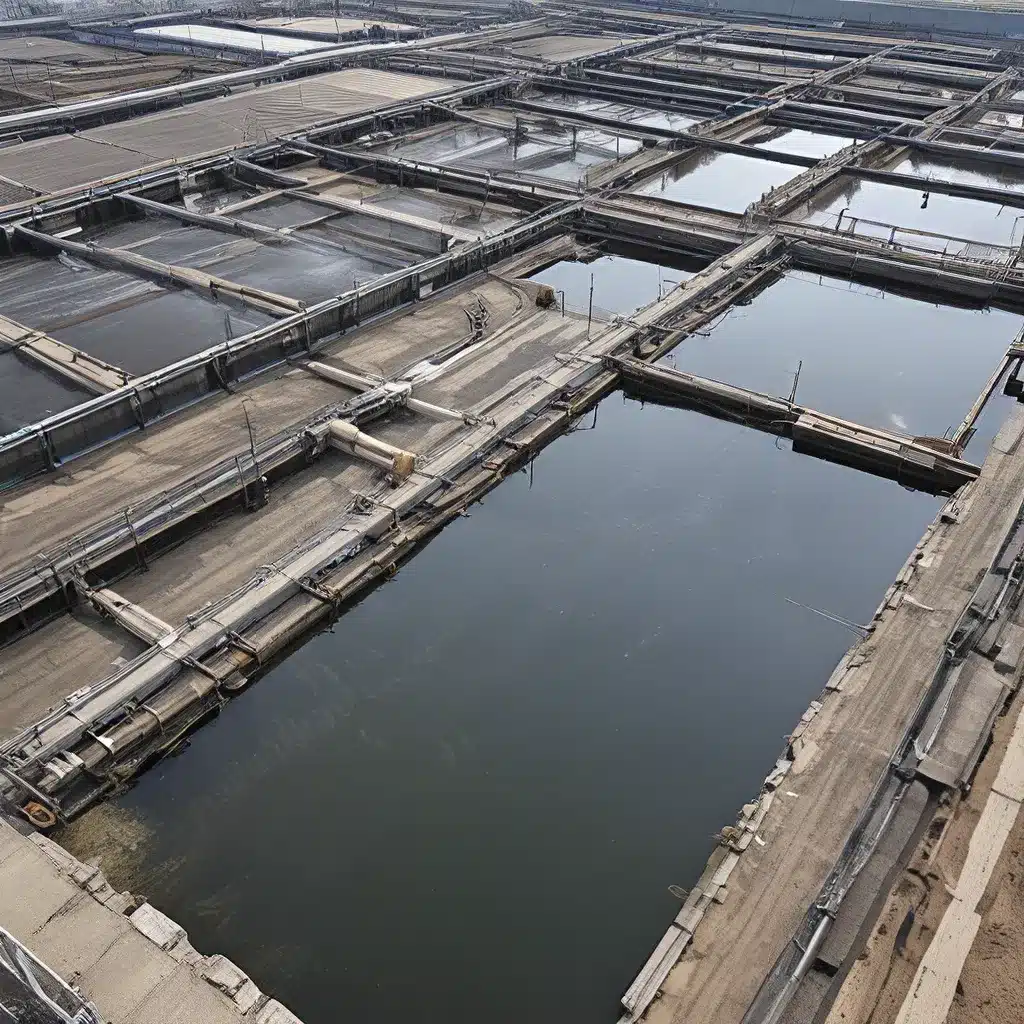
Ah, PFAS – those pesky “forever chemicals” that just won’t seem to go away. As someone who’s deeply passionate about environmental protection and clean water, I’ve been keeping a close eye on the latest developments in this space. And let me tell you, the innovations happening in the world of wastewater treatment are nothing short of remarkable.
The Forever Chemicals Saga
Let’s start with a quick refresher on PFAS. These per- and polyfluoroalkyl substances have been around since the 1940s, commonly used in everything from non-stick cookware to firefighting foam. The problem? They’re incredibly persistent, meaning they don’t break down easily in the environment. In fact, they’ve been nicknamed “forever chemicals” for this very reason.
As the EPA reports, exposure to PFAS has been linked to a laundry list of health issues, from deadly cancers to liver and heart damage, and even developmental problems in infants and children. It’s no wonder the Biden-Harris administration has made tackling PFAS pollution a top priority.
A Whole-of-Government Approach
In fact, the administration’s commitment to this cause is downright impressive. As the White House announced, nearly two dozen federal agencies and offices have been working together to safeguard public health and the environment from these persistent pollutants.
From protecting firefighters and reducing PFAS in fire suppressants to phasing out the chemicals in food packaging and testing for PFAS contamination across the country, this administration is leaving no stone unturned. And the biggest news? The EPA has just finalized the first-ever national drinking water standard for PFAS, set to protect a whopping 100 million Americans from exposure.
Funding the Fight Against PFAS
But it’s not just about regulation – the Biden-Harris team is also putting its money where its mouth is. As part of the Bipartisan Infrastructure Law, the administration is making a staggering $9 billion available to help states and territories tackle PFAS in their drinking water systems.
And get this – that’s just the tip of the iceberg. An additional $12 billion is on the table for general drinking water improvements, including addressing emerging contaminants like PFAS. It’s the largest investment in tackling PFAS pollution that this country has ever seen, and it’s all part of the administration’s Justice40 initiative to ensure that historically disadvantaged communities get their fair share of the benefits.
Advancements in Wastewater Treatment
So, what does all this mean for the future of wastewater treatment? Well, my friends, the future is looking bright. With this influx of federal funding and the EPA’s laser-focus on PFAS, we’re seeing some truly remarkable advancements in the field.
One of the most promising developments is the emergence of new treatment technologies that can effectively remove PFAS from wastewater. As the EPA points out, water systems now have access to a range of options, including granular activated carbon, reverse osmosis, and ion exchange systems.
And get this – these technologies aren’t just theoretical. In fact, the Cape Fear Public Utility Authority in Wilmington, North Carolina has already deployed a granular activated carbon system to successfully remove PFAS from their drinking water. It’s a shining example of how cutting-edge solutions can be put into practice, even in communities that have been hit hard by PFAS contamination.
Collaboration and Capacity-Building
But the advancements don’t stop there. The Biden-Harris administration is also making a concerted effort to support water systems and local officials in implementing these new PFAS regulations. As the EPA has announced, they’ll be hosting a series of webinars to provide information and guidance to the public, communities, and water utilities.
And let’s not forget about the EPA’s nationwide Water Technical Assistance program, which is designed to help small, rural, and disadvantaged communities access the federal resources they need to tackle challenges like PFAS. By working directly with water systems to identify problems, develop plans, and secure funding, this program is playing a crucial role in building the technical, managerial, and financial capacity to address these emerging contaminants.
A Healthier Future for All
As I reflect on all the progress that’s been made, I can’t help but feel a sense of optimism. Sure, the PFAS problem is daunting, but the Biden-Harris administration’s comprehensive, whole-of-government approach and the advancements happening in wastewater treatment give me hope.
I mean, think about it – we’re talking about saving thousands of lives, preventing tens of thousands of serious illnesses, and protecting our children’s health and development. Not to mention the environmental benefits of keeping these “forever chemicals” out of our waterways and soil. It’s a win-win-win situation, and it’s all thanks to the tireless work of scientists, policymakers, and water treatment professionals.
So, if you’re like me and you care deeply about clean water and a healthy environment, I encourage you to stay informed and get involved. Inland Waters Inc. is a great resource for staying up-to-date on the latest PFAS-fighting innovations, and there are plenty of ways to support the cause, whether it’s volunteering, advocating, or simply spreading the word.
After all, we’re in this together. And with the kind of progress we’re seeing, I believe we can finally start to tackle the PFAS problem head-on and secure a healthier future for all.


